cottonwood tree leaf disease
The leafs have some sort of white colored powdery film on them at the junction of the stem and the body of the leaf. The disease causes dieback as the canker kills the bark and creates an oozing resin from the trunk.
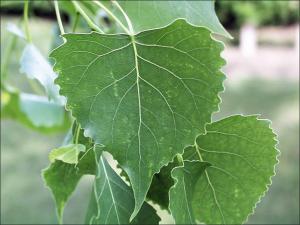
Eastern Cottonwood Natural Resource Stewardship
Leaf rusts and stem cankers are the most widespread and damaging diseases.
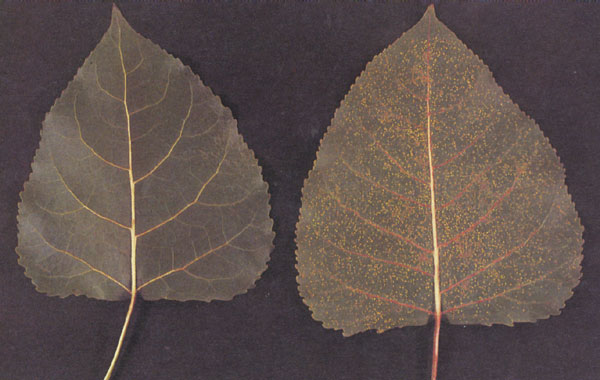
. Major cracks in the trunk of the tree. Leaf spot diseases weaken trees and shrubs by interrupting photosynthesis. Leaf spots and blotches appear in the spring later for walnut often following leaf veins.
If warm weather continues long enough into the fall three generations of beetles may hatch in one year. The fungus attacks weakened trees affected by drought late-spring frosts insect and fungi defoliation or trunk and root injury. Of the three types of cottonwood trees found in the Evergreen area narrowleaf cottonwoods naturally grow at the highest elevations usually between 5000 and.
Silver Popular and Cotton Tree Care Issue Two Silver Poplar Tree Diseases. The lanceleaf cottonwood is a relatively high-maintenance tree so be prepared for pruning cleaning up seeds fruit and broken limbs and fighting off pests and diseases. They are caused by some.
Its a fungus-based disease that affects stressed trees which would include cottonwoods that experienced a late frost. Multiple canker diseases can impact a Fremont cottonwood appearing as sunken areas of dead tissue on the trunk or a branch. Avoid wounding healthy trees.
Cottonwood Tree Diseases Insect Infestations Cottonwood trees are a member of the poplar family. The leaves of this poplar are some of the largest of any of the cottonwood trees. Leaf beetles are small less than 13 inch and chew on leaves causing the leaves to fade discolor and fall.
Online Professional Development Training. Occurs in Cottonwood and Lombardy Poplar. There are also several leaf associated diseases that harm the cottonwood trees as well.
Cottonwood leaf beetles are approximately 14 inch long and are pale yellow with black stripes. These tree diseases are infections in the form of spots most of the brownish color. Small yellowish-orange pustules on lower surfaces of leaves.
Leaves can grow up to 13 35 cm long and 10 25 cm wide. Most leaf spot diseases affect only a small percentage of the trees overall leaf area and are a minor stress on the health of the tree. Pustules later turn.
This disease is caused by a bacterial infection. Much more than it usually does in the heat of the Texas summer. Leaves drop.
Aphids leaf beetles canker fungus fungal leaf spots. The cottonwood leaf beetle is 14-inch long. Under favorable conditions the uredinia may develop within 1 week following infection resulting in rapid buildup of.
The beetle can completely defoliate a cottonwood tree. Here are some things to look for in your cottonwood tree. Insects and disease organisms are a continuing threat to cottonwood Populus deltoides Bartr especially during the trees first 5 years.
Leaf spot diseases should be taken seriously if they result in moderate to complete leaf loss two to four years in a row. Poplar ash plum willow and cottonwood. Common Tree Diseases Signs Symptoms and Treatments.
These trees grow quickly but they have shallow roots and are usually short-lived. As with many diseases the best. Cottonwoods are susceptible to a number of different diseases and insect infestations.
Cottonwood Tree leaf disease 349992. This booklet will help forest nurserymen and plantation managers identify and. This booklet will help forest nurserymen and plantation managers identify and.
Especially if multiple of these signs are present at once your tree may already have died. Cottonwood leaf beetles are approximately 14 inch long and are pale. Other insects that harm cottonwood trees are leaf curl mites viceroy butterflies tentmakers leaf hoppers and many other insects.
The most common fungi which cause damage are Taphrina populina Fr. Hardwood trees cottonwood junipers cedars pines shrubs small fruits. Uredinia containing urediniospores soon develop on infected leaves.
Significant mushroom or other fungal growth near tree roots. Several fungi cause leaf diseases on cottonwood throughout its geographic range. The danger is intensified in large plantings of a single species and age because rapid buildup of damaging agents can occur.
I have attached a picture. The narrowleaf cottonwood also called willow-leaved cottonwood is native to the Evergreen area of Colorado where its found growing with aspen along or near rivers or streams. Shade Trees Oleander Leaf Scorch Coffee Leaf Scorch Pecan Bacterial Leaf Scorch.
One of the other problems with these types of poplar trees is that they are susceptible to diseases and bugs. Cankers may cause bark discoloration and. Leaf spot diseases may become epidemic during a wet spring and summer.
Cottonwood trees planted from conventional 20 to 60 cm 8 to 24 in cuttings have fewer deep roots and are not as well anchored against root lodging as those established naturally or as deep-planted seedlings or rooted cuttings. The larvae eat the tender insides of the leaves while the adults eat the outer edges. Anthracnose Control high risk of spreading the fungal pathogen Identification On sycamore ash maple oak and walnut.
Four different fungus rots affect the cottonwood tree. The larvae are black and have white spots. The best time to prune a lanceleaf cottonwood tree is in late winter after the threat of freeze has.
February 13 2014. Heavy infections for several successive years can predispose the tree to other pathogens which could cause death. There are also signs however that the tree may have already died.
Leaf rusts cause premature defoliation. These urediniospores reinfect only cottonwood. These pests can defoliate the cottonwood tree completely killing it but generally.
Insects and disease organisms are a continuing threat to cottonwood Populus deltoides Bartr especially during the trees first 5 years. The danger is intensified in large plantings of a single species and age because rapid buildup of damaging agents can occur. A common Cottonwood and Poplar tree disease is Cytospora Canker.
They prefer cottonwood basket willow and other poplars. Cottonwood Tree I have in my yard is dropping leaves. The fungus spreads across the living bark and wood of the tree.
Both adults and larvae eat the underside of the leaves. See the section on Wet Wood in the Elm Disease section for details and control Rust fungus Melampsora medusae. Worse in years with wet springs.
While some cause little harm the rest are rather dangerous and can cause mortality. The leaves then dry up and then drop. Peeling bark in several areas at once.
The elm leaf beetle is especially prolific. Asked August 04 2016 115 PM EDT. Canker in cottonwoods can be easily identified by its sunken discolored areas of bark.
Cottonwood Leaf Beetle. Tree leaf diseases affect both conifers and hardwoods and differ by the degree of severity. Multiple branches with no living buds or leaves.
Carried by the wind aeciospores infect cottonwood leaves. Plant Disease Clinic many other broadleaf trees. Weak pathogen affects.
The lower branches can be pruned to allow pedestrians to pass beneath it.

Poplar Populus Spp Marssonina Leaf Spot Pacific Northwest Pest Management Handbooks
Diseases Of The Fremont Cottonwood Tree

Problems With Your Fremont Cottonwood Cottonwood Tree Trees And Shrubs

Cottonwood Leaf Rusts Forest Nursery Pests

Kansas State Tree Cottonwood Cottonwood Cottonwood Leaf Trees To Plant
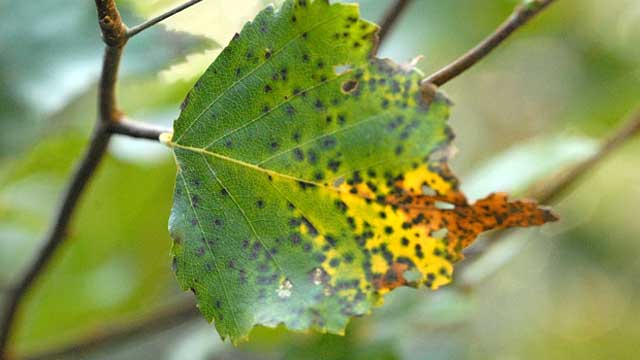
Aspen Tree Fungus Prevention Control 720 248 0000
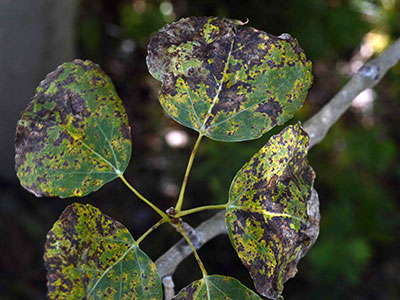
Aspen Cottonwood Leaf Diseases Not Lethal To Trees But Could Impact Fall Colors Colorado State Forest Service
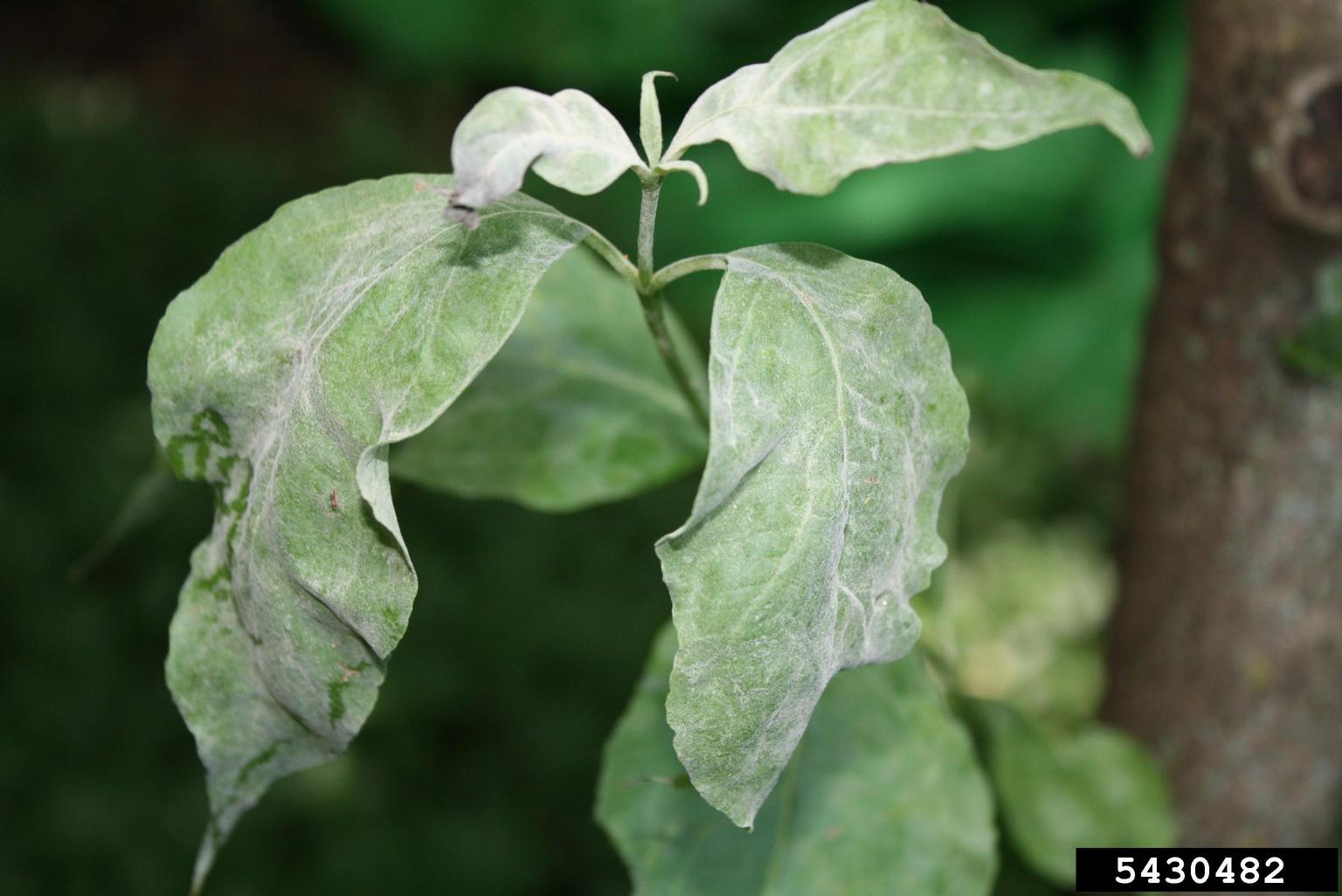
Common Tree Disease Problems Symptoms And Photos Of Tree Disease
Cottonwood Tree Leaf Disease 349992 Ask Extension

Colorado Master Gardener Fading Aspen Trees Steamboattoday Com

Black Leaf Spot Field Guide To Insects And Diseases Of Az And Nm Forests
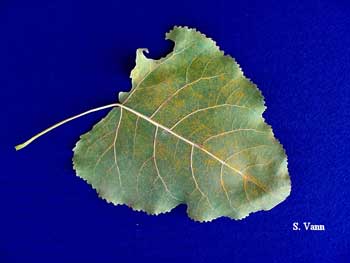
Common Tree Disease Problems Symptoms And Photos Of Tree Disease
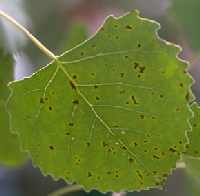
Aspen And Poplar Leaf Spots 2 920 Extension
Cottonwood Tree Leaf Disease 349992 Ask Extension

Diseases And Insect Infections To Watch For In Your Cottonwood And Elm Trees Tree Care Blog Boise Idaho Mountain West Arbor Care
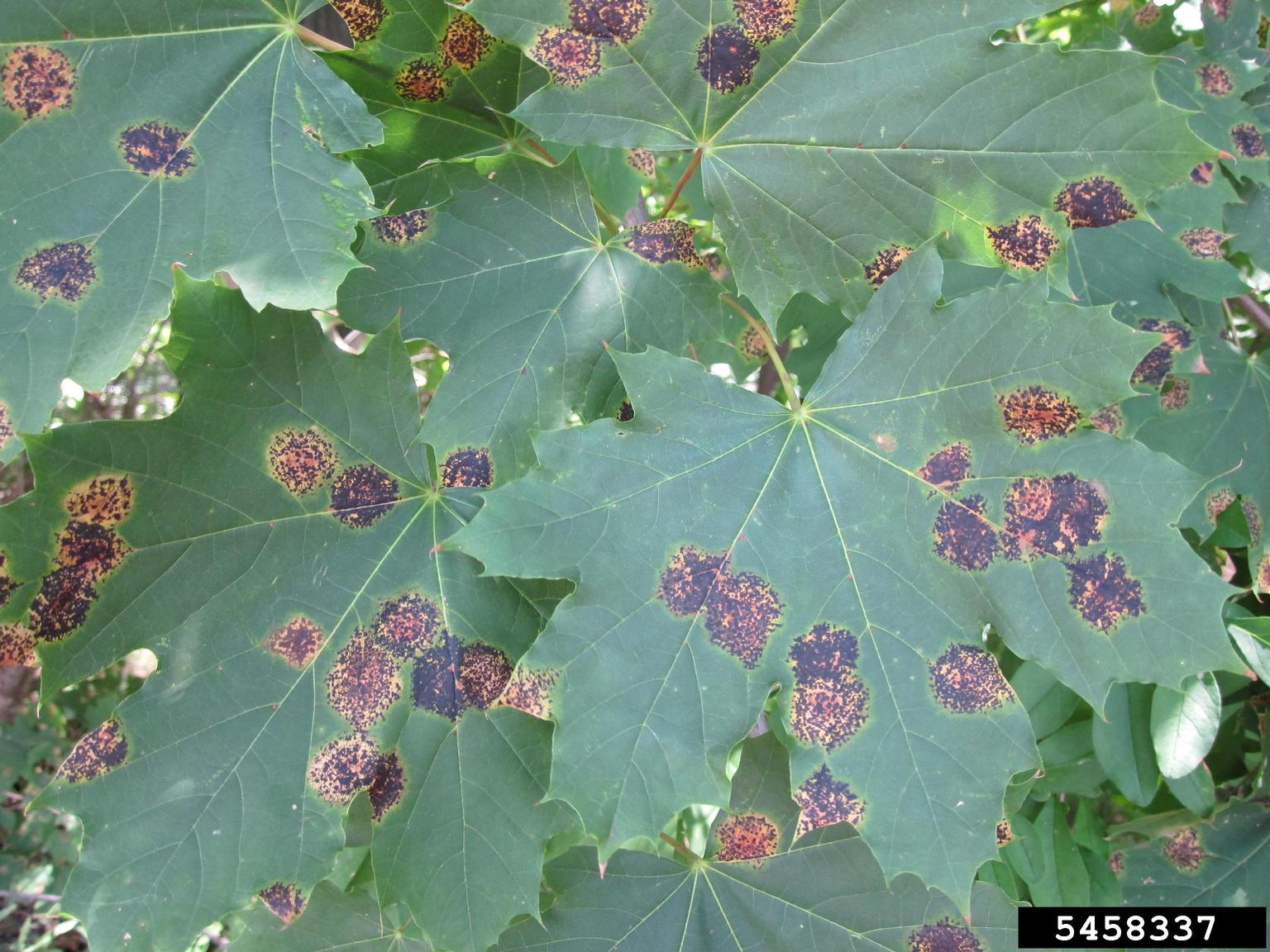
Common Tree Disease Problems Symptoms And Photos Of Tree Disease

Poplar Populus Spp Marssonina Leaf Spot Pacific Northwest Pest Management Handbooks

